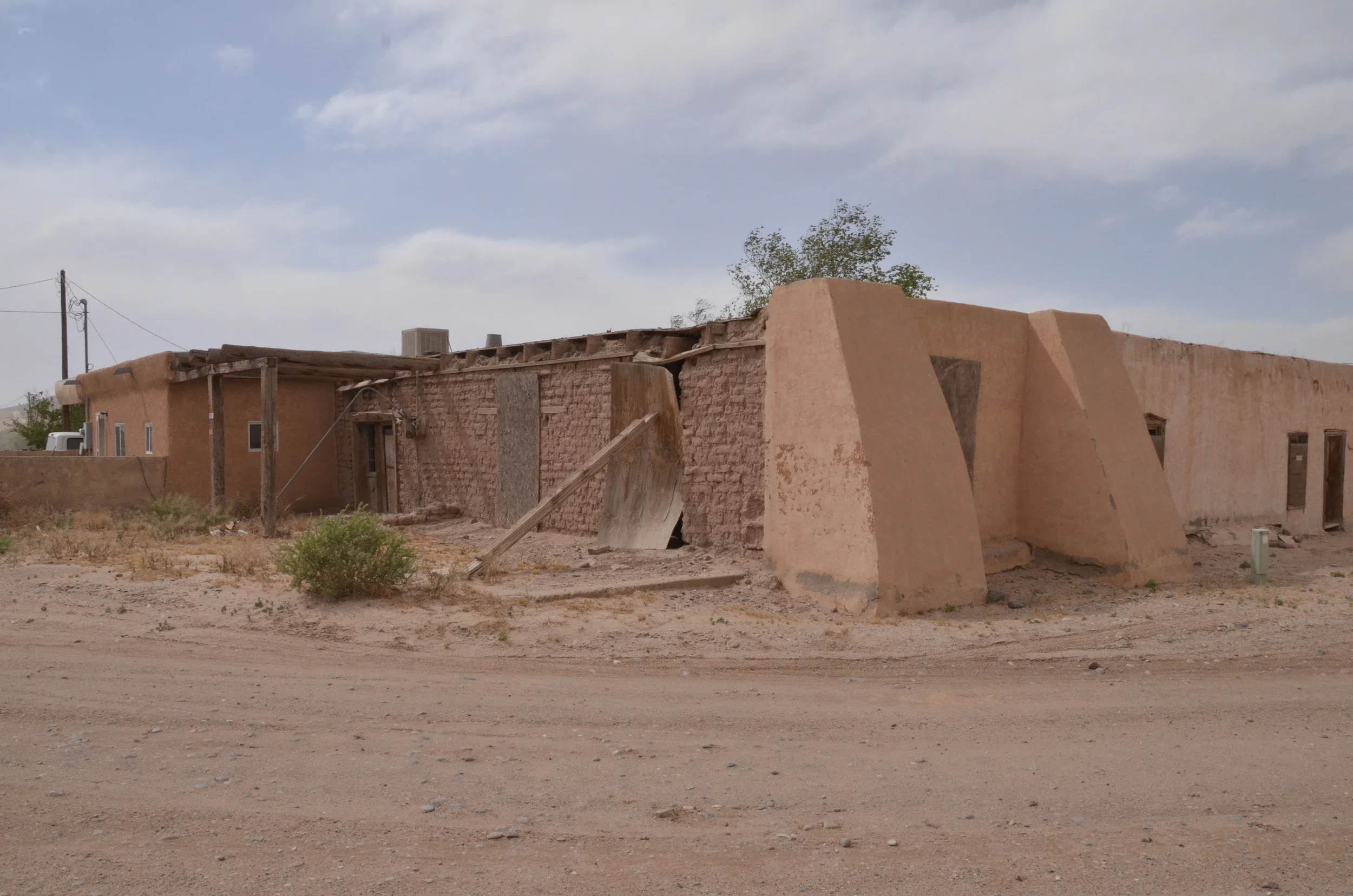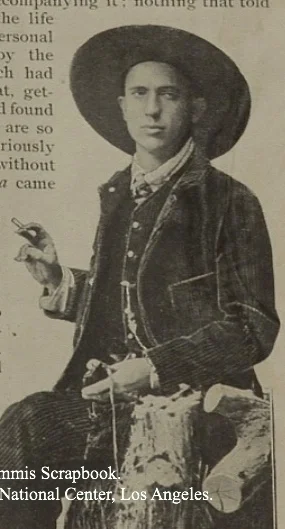Los Cautivos is a documentary about a law suit filed by the Indian Pueblo of Isleta in 1890, for the release of their children held at an Indian boarding school. This project has been developed with the support, guidance and assistance of the Cultural Council of Isleta Pueblo.
The story of the law suit provides an opportunity to examine the origins of the federally operated Indian boarding school system. Employing court records, government reports and written correspondence, we hear the voices of those officials leading and implementing the establishment of those schools. Commissioner of Indian Affairs, Morgan, Superintendent of Indian Education, Dorchester and Headmaster, Creager, explain in their own voices the racial, religious and cultural rationales that inspired these schools. Political & religious leaders like Morgan and Dorchester were entrusted to carry out the 19th Century concept of American Exceptionalism and Manifest Destiny.
The people of Isleta opposed the kidnapping and forced education of their children. Government records show, that Isletans confronted the Headmaster, the Superintendent of Education and the Commissioner of Indian Affairs on numerous occasions. These officials did not believe they needed to seriously consider the concerns of Indigenous people.
Charles Fletcher Lummis, a Harvard trained journalist, author and archaeologist, who lived in the Pueblo, sided with his neighbors and publicized their plight. Through his daily diaries, newspaper and magazine accounts, Lummis revealed a rejection of his own bigotry and his growing opposition to Manifest Destiny and the exceptionalism of “the superior race.” Lummis was genuinely moved by the distress of his friends and neighbors and he recounted this distress with his readers. In comparing Pueblo culture with the “American Way,” he often found the latter lacking.
Morgan and Dorchester viewed Lummis as an agitator of Pueblo resistance. Government papers and Lummis’ writings document that the Pueblos were acting on their own initiative.
Henry Kendall, nee Domingo Jiron, at age 10 years, went away to the Albuquerque Boarding School and then to the Carlisle Indian Boarding School. His letters, spanning 11 years, reveal a person totally at odds with his own family and culture. He becomes an early example of the generation of Indian school graduates who are caught between two cultures. Their own which they rejected and the larger American society which refused to accept Native peoples.
These historic voices are bolstered by a panel of Native and Non-Native Humanities Scholars of Western History, providing insights and context for the events.
In addition to his writing, Lummis made scores of glass plate negatives of his Pueblo neighbors. His documentary style of photography provides an often unposed image of Pueblo life and the Los Cautivos families. These photographs will be used extensively in the production. When necessary, the film will rely on re-enactments, shot in the cyanotype style of photography that Lummis favored.




